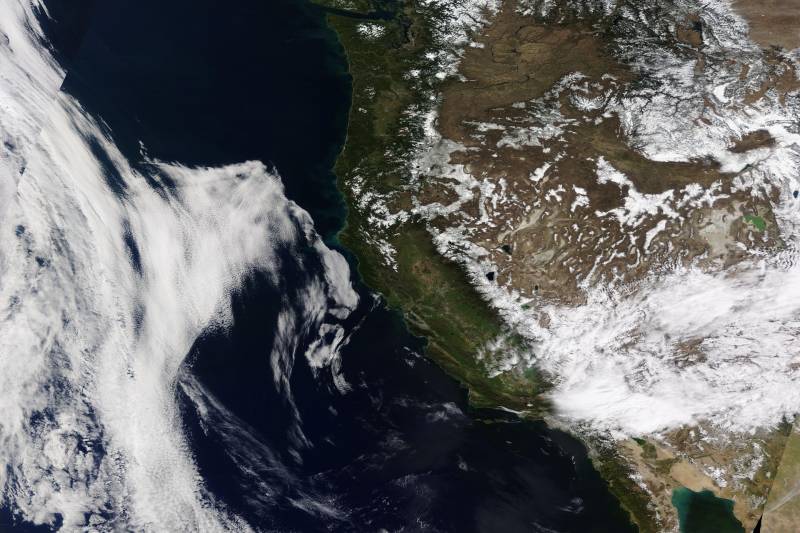“With our snowpack, things like heat waves are something to keep in mind; they could lead to a potential ripening of the snow and an abrupt melt,” he said. “As we’re moving into a climate-changed world, we’re starting to see these heat waves start to occur more frequently in late spring and early summer.”
The positive news is that now that the state has had two wet winters, its reservoir storage is above average, meaning the threat of drought is virtually zero heading into the summer.
It’s a similar story for wildfire risk with two back-to-back wet years. UC Berkeley’s Schwartz doesn’t expect much fire danger at higher elevations because the forest is covered in thick snow, preventing brush and grasses from growing fast. The concern, he said, is primarily at lower elevations where rain has been more predominant in recent storms.
“It’s always a concern during an above-average year down at the lower elevations, where grasses and shrubs experience a burst of growth as the temperatures warm up and then die off in the summer heat,” he said.
